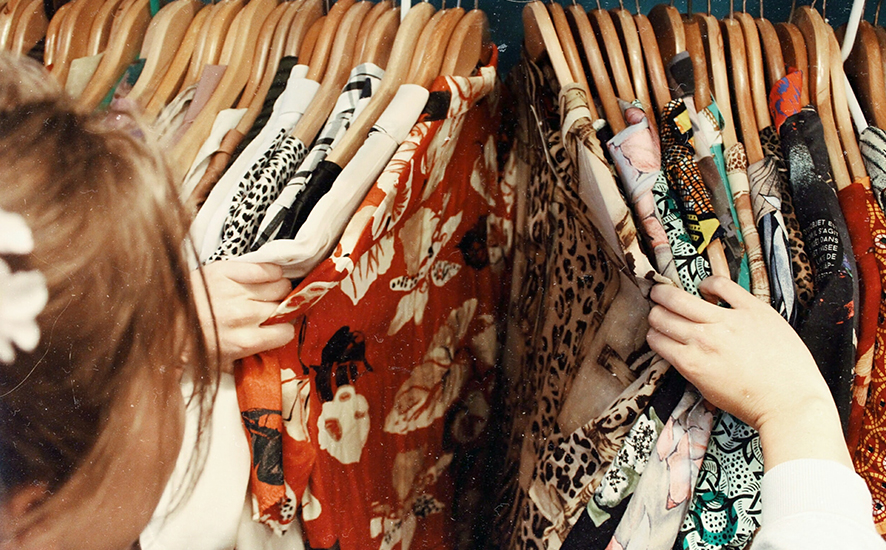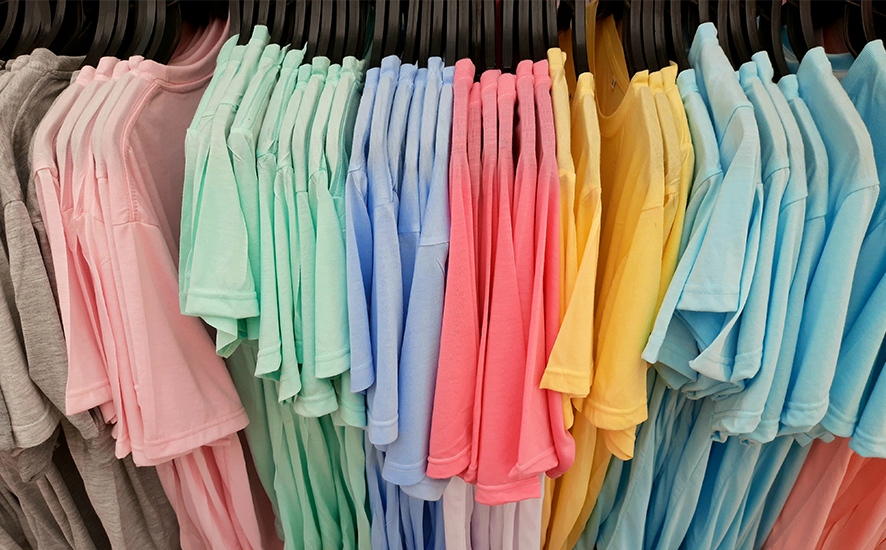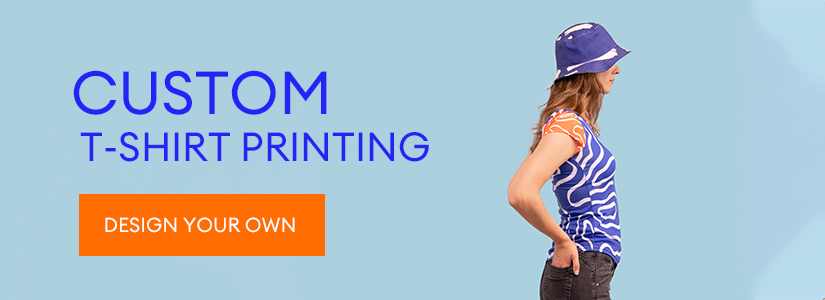T-shirts are one of the most popular items to sell. Inexpensive and easily customisable, t-shirts are the ideal way to begin creating your brand and building a following. However, it’s not as simple as just choosing a design and starting the production process – you must pay attention to the specific printing method you wish to use.
To streamline this process, this handy guide covers some of the most popular t-shirt printing methods you can choose from. We explore what these methods are and how they work, ensuring you have all the information you need to begin creating your store today!
T-Shirt Printing 101
So, how does t-shirt printing work? At first, the process may seem confusing, but trust us – it’s not! Let’s look at an example. Imagine you’ve decided to launch your very own store and are looking to create and sell branded t-shirts. First of all – that’s great news! The market for custom t-shirts is vast and is set to continue growing at a rapid pace. In fact, a recent report by CredenceResearch noted that the custom t-shirt market is expected to be valued at over $10 billion by 2025.
The first step is to settle on a design for your t-shirts. This is where your imagination comes into play, as the customisation potential for t-shirts is limitless. Whether it’s graphics, colours, pictures, or patterns, the world is your oyster when it comes to designing the garments you wish to sell!
Once you’ve decided how you wish to style your t-shirts, this is where the consideration of printing methods comes into play. There are many different t-shirt printing methods on offer these days, thanks to the remarkable technological advances made within the manufacturing industry. However, specific techniques are more suitable for certain situations, which is why it is crucial to do your research beforehand.

Different Shirt Printing Methods
It may seem daunting to decide which t-shirt printing method suits your product idea best, especially if you are a first-time seller. Not to worry – below you’ll find a breakdown of the most popular shirt printing methods that are currently in the market. By reviewing this list, you’ll have a good understanding of which method is most appropriate for your design idea, ensuring your products stand out from the crowd.
1. Pigment Printing
One of the most popular t-shirt printing methods is pigment printing. Pigment printing involves using an insoluble substance (referred to as a pigment) to create a specific design on a piece of fabric, usually through the use of a special type of printer. This type of printing is very low cost and applies to a wide range of fabric types. Furthermore, pigment printing allows the use of a wide range of colours and offers a high level of permanence that is resistant to multiple washes.
2. Reactive Printing
This method of printing involves using reactive dyes to colour the fabric. These dyes are printed onto pre-treated fabrics, after which steam is applied to ‘lock in’ the dye. Once the dye is locked in, the material is washed to remove any excess. The reactive printing process is much more complicated than pigment printing, although the end product offers a much higher level of colour saturation than other printing methods. This means that colours ‘pop’ more and are very durable – which is ideal for garments that wearers will wash consistently.
3. Sublimation Printing
Sublimation printing refers to the process of using heat to transfer a design onto a piece of fabric. The design is initially printed onto a special type of paper, and this paper is then applied to the material with heat. When this happens, the ink within the paper transfers to the fabric, providing a crisp and permanent finish.
4. Heat Press Printing
Heat press printing was a super popular printing method in the early 2010s, although technological advances have now rendered it pretty obsolete. This printing method involves transferring your t-shirt design from a special type of paper (usually vinyl paper) to the chosen fabric. Heat and pressure are applied to make the transfer, making for a relatively simple process. However, the manual nature of heat press printing is much slower than other printing methods and tends to be inappropriate for fabrics that are sensitive to heat.
5. Screen Printing
This printing method involves transferring a stencilled design onto a piece of fabric (such as a t-shirt) using a nylon mesh screen and ink. The stencil is created on the nylon mesh screen, after which ink is forced through onto the fabric underneath. The ink will then dry and form the desired design on the fabric. Screen printing produces a garment with very vivid colours and is pretty convenient as the nylon mesh screen can be used multiple times. However, this method tends to be quite messy and requires a high level of skill.

Different Types of T-Shirt Printing Methods – The Verdict
As you can see, there are various printing methods to choose from when creating and launching your t-shirt business. The exact process will depend on the design and fabric you intend to use, so it’s crucial to do your research and decide which one suits your goals best. By doing this, you’ll ensure your products are high-quality and durable – making for consistently happy customers!
If you’re looking to begin your t-shirt business today, why not partner with us here at Contrado? We offer pigment printing, reactive printing, and sublimation printing methods, ensuring that there’s an option for everyone. If you’d like to explore the huge variety of t-shirts we have to offer, simply CLICK HERE and get started today!


